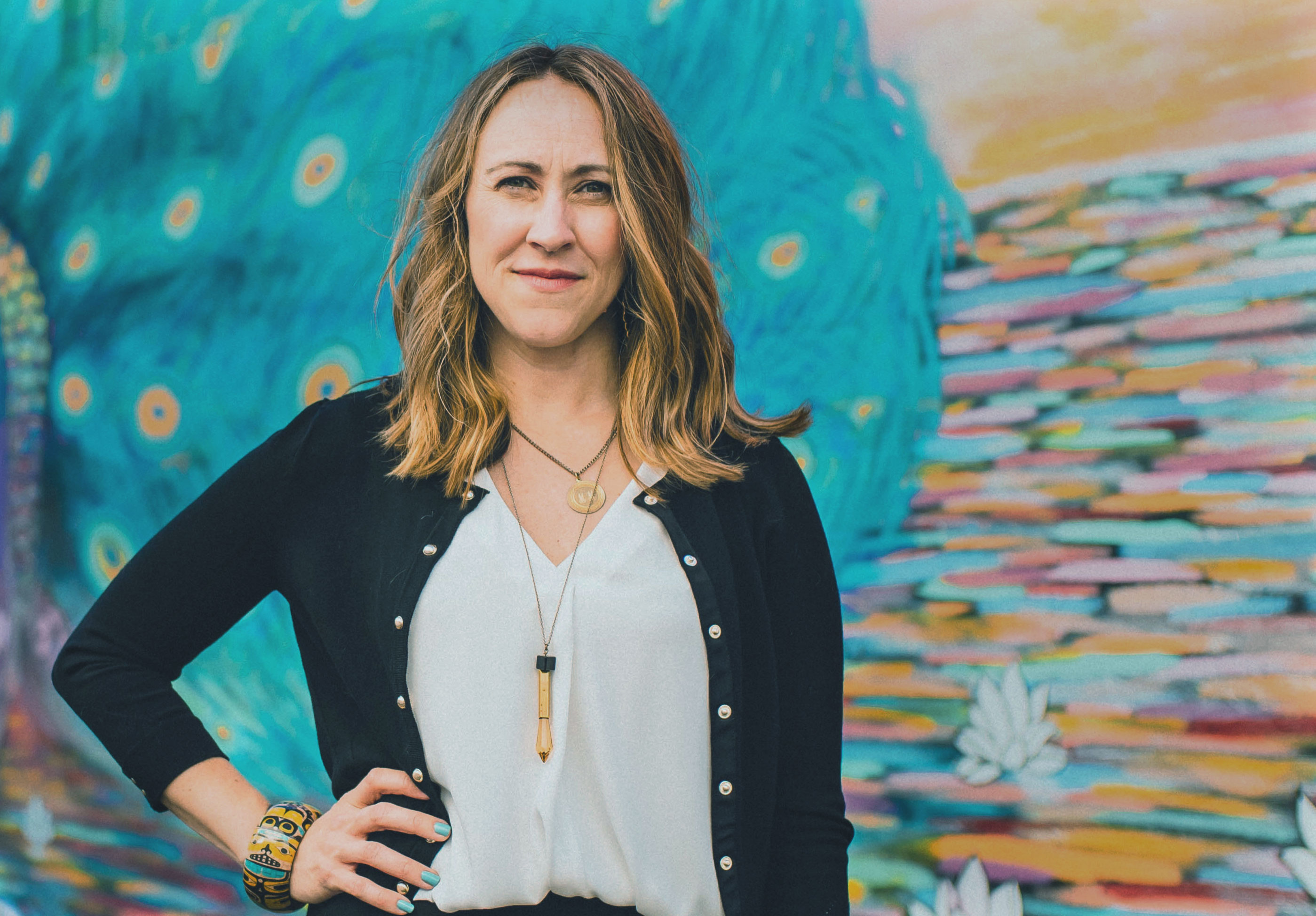Planning prof takes reins of hazard research center

[Meyer discusses crowdsourced rescue organizations] (https://www.youtube.com/watch?v=IXsJFuaNgzg)
One of the nation’s premier hazard research hubs, the Texas A&M [Hazard Reduction and Recovery Center] (http://hrrc.arch.tamu.edu/) , will continue focusing on disaster preparedness, mitigation and recovery with its new director Michelle Meyer, Texas A&M assistant professor of [urban planning] (http://laup.arch.tamu.edu/) .
“She brings research excellence, connections to the hazard academic field, commitment to inclusive social environments and core Aggie values to the position,” said Jorge Vanegas, dean of the Texas A&M College of Architecture, which houses the center.
Meyer succeeds Walter Gillis Peacock, the HRRC’s director since 2004.
In addition to generating preparedness, mitigation and recovery findings of natural and technological hazards including floods, hurricanes, and toxic material accidents, the center also translates its findings into practice for communities and agencies of all types.
Meyer, whose research focuses on disaster recovery, organizational behavior and social vulnerability, joined the Texas A&M faculty in 2018 and has been serving as the HRRC’s associate executive director.
Previously, she was a member of the Louisiana State University faculty and a postdoctoral researcher at the HRRC.
Her research topics have included [volunteer rescue organizations] (https://www.youtube.com/watch?v=IXsJFuaNgzg&t=38s) , disaster risk perception, social capital in disaster resilience, nonprofit collaboration for disaster recovery, evaluation of disaster response plans for individuals with disabilities, and social media use among vulnerable populations.
Meyer’s research has been recognized with numerous awards and honors.
She earned a rising faculty award from Louisiana State University and a Samuel Prince Outstanding Dissertation in Hazards and Disasters Award from the International Sociological Association’s International Research Committee on Disasters.
She was a Next Generation of Hazard and Disaster Researchers Fellow, a prestigious early-career fellowship program funded by the National Science Foundation. She was also an Early-Career Fellow with the Gulf Research Program at the National Academies of Sciences, Engineering and Medicine, which fosters interdisciplinary scholarship on technological and natural hazard research to promote Gulf Coast communities’ resilience.
Her research has been funded by the National Science Foundation, American Planning Association, GeoHazards International, Midwest Sociological Society, and the Rural Sociological Society, among others.
She earned a Ph.D. in sociology from Colorado State University in 2013. Her dissertationresearch focused on the relationship between resilience and social vulnerability of individuals and communities in hurricane-prone places.
Meyer also earned a Master of Sociology degree at CSU in 2008 and a Bachelor of Arts in Sociology degree at Murray State University in 2003.
Richard Nira
rnira@arch.tamu.edu
Tags
- academics
- archone gallery
- coa gallery
- hrrc
- hrrc gallery
- landscape architecture & urban planning
- laup gallery
- outreach
- planning
- research
- rss
- sustainability
- texas target communities
Related Posts

Texas A&M hazard team's 'scorecard' adopted by Norfolk

Master of Urban Planning program reaches new heights

A&M researchers collaborate in U.S. resilience center
Follow Us
Facebook Twitter Vimeo Youtube Flickr RSS
Recent Posts

Planning prof heads study of disaster housing aid

A message from the dean

Former student remembered as expert planner

Leading educator named new head of Architecture Dept.






_thumbnail_small.png)
